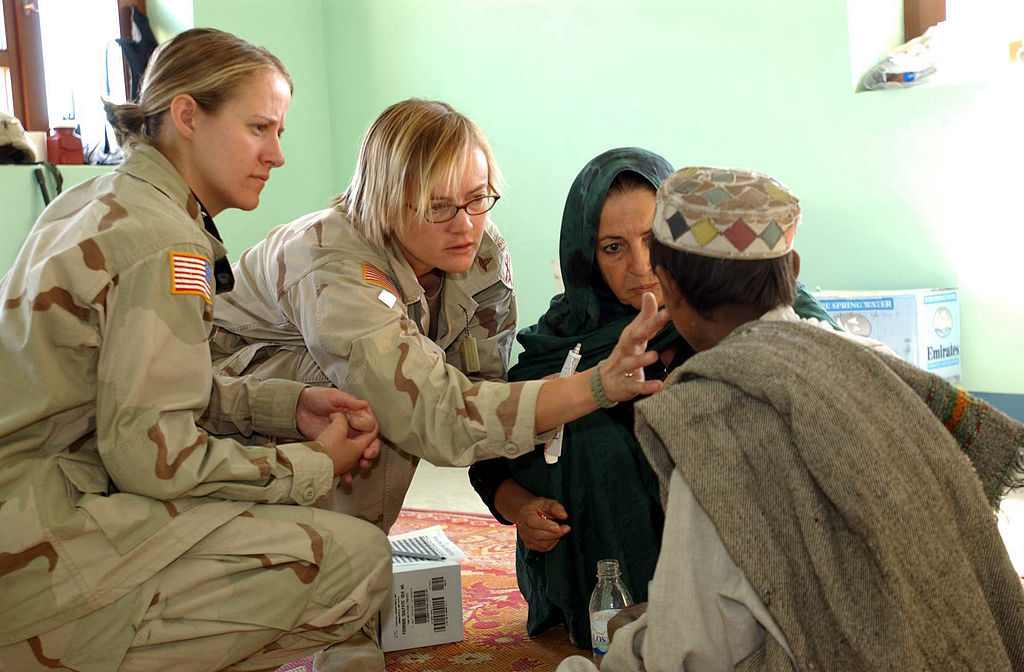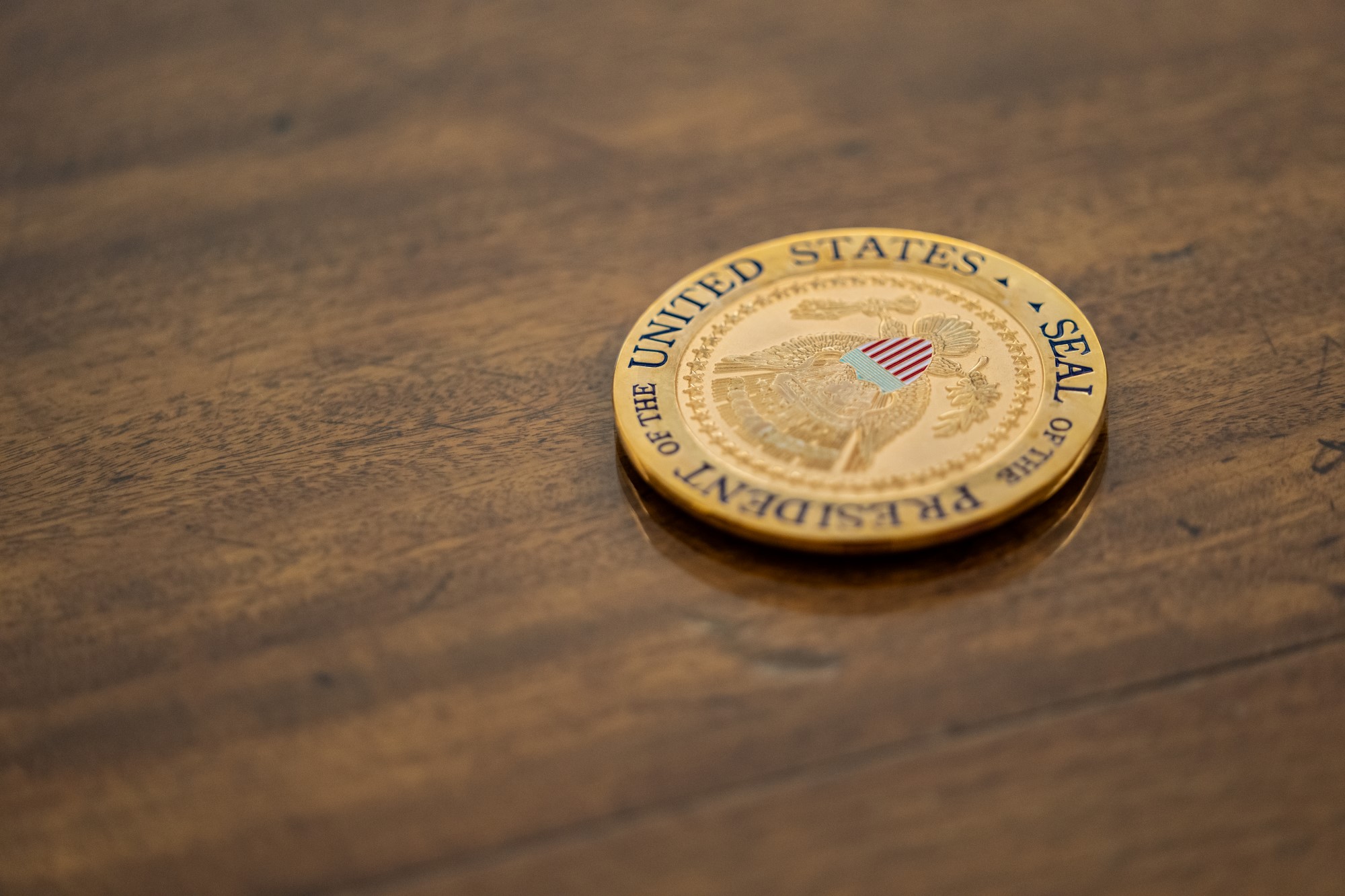Our Views of Women in the Military Demand Complexity

Donald Trump’s reemerged tweet about sexual assault in the military has brought the topic of women’s roles, rights, and risks in the armed forces to the forefront of discussion. In his recent interview with Matt Lauer, Trump defended his tweet from May 2013, which reads: “26,000 unreported sexual assaults in the military-only 238 convictions. What did these geniuses expect when they put men & women together.” His logic suggests that the creation of an environment in which females and males are mingled—whether it be a place of work, an educational institution, or just plainly the world—naturally encourages sexual assault. This tweet also implies that women are the ones who have been integrated into the military; they are the outsiders; they are the reason that these sexual assaults occur. To understand today’s sentiments toward this issue, we have to look at the history of women in the U.S. military that is so often left out of textbooks.
Women have been serving the United State’s military forces since the nation’s founding. In the Revolutionary War, women were “battlefield . . . nurses, water bearers, cooks, laundresses and saboteurs.” In the late nineteenth century Mexican War, Elizabeth Newcom enlisted and marched 600 miles with her company before being discovered and discharged. Women continued to work as battlefield nurses and disguise themselves as men in order to fight during the Civil War. When the war broke out in 1861, Dr. Mary Walker began as a volunteer army doctor since the Union forces refused her a commission. A Confederate sentry captured Walker in April 1864. She suffered illness from the unsanitary prison conditions but returned to aiding the war effort once she was released in a prisoner exchange. Walker was awarded the Medal of Honor for her “devotion and patriotic zeal to sick and wounded soldiers . . . to the detriment of her own health.” Though the Medal of Honor Board revoked her medal in 1917, she wore it until the day she died. Her name was officially reinstated by President Jimmy Carter in 1977.
Due to the spread of disease, the Spanish-American War created a high demand for trained nurses: for every one soldier who died in combat, nine would die from “pneumonia, typhoid, malaria and yellow fever.” The U.S. government resorted to calling upon women. They received an overwhelming response and hired “an estimated 1,563 contract nurses.” Aside from nursing, women served as “bilingual telephone operators,” “skilled stenographers,” “clerks and telephone operators on the home front,” in World War I. “More than 400 military nurses die[d] in the line of duty.” By the Second World War, in order to meet the needs of the war effort, the government provided more opportunities for women to serve in the Air Force, Navy, and Coast Guard. They freed men for service by assuming their jobs. In direct aid of the war effort, women “drove trucks, repaired airplanes, worked as laboratory technicians, rigged parachutes, served as radio operators, [and] . . . flew military aircraft across the country.” The closest that women came to the front line combat was “in the Army Nurse Corps, where 16 were killed as a result of direct enemy fire.”
Since then, the laws involving women in combat have been loosening. In 1991, women were finally allowed to “fly in combat missions,” and two years later they could “serve on combat ships.” As of January 2016, women could participate in all combat related missions, overturning the previous 1994 policy that prevented “women from serving in infantry, artillery, armor, combat engineers, and special operations.” Defense Secretary Ashton B. Carter announced, “There will be no exceptions. . . . They’ll be allowed to drive tanks, fire mortars and lead infantry soldiers into combat. They’ll be able to serve as Army Rangers and Green Berets, Navy SEALs, Marine Corps infantry, Air Force parajumpers and everything else that was previously open only to men.” Last June, the Senate passed a bill requiring all women who turn 18 on or after January 1, 2018 to register for the draft. The majority of senators shared the opinion of General Robert B. Neller that “every American who’s physically qualified should register for the draft.”
Women have been serving our nation’s military valiantly since its origin. They have pushed the U.S. legal restrictions on their service, like Elizabeth “Bill” Newcom, and fulfilled their duties in the greatest possible capacities, like Dr. Mary Walker. They have died for their country. No one recently “put” men and women together as Trump suggested. Women have always had a role in our military. To speak sarcastically about the tens of thousands of sexual assault victims in our military is an unpatriotic and unjust treatment of the women who protect our nation. Sentiments that dismiss and normalize sexual assault in the armed forces are one of the reasons that those 26,000 women did not come forward and pursue legal action: “military service members who reported sexual assault were 12 times more likely to suffer retaliation for doing so than to see their offender, if also a service member, convicted for a sex offense.” No woman should have to sacrifice her ambitions out of fear of sexual assault or retaliation of reporting the crime.
Women’s roles in the U.S. military have been founded historically on underestimation, disrespect, limitation, and under-appreciation, which have all contributed to the inequities between women and men soldiers today. If the United States employed another draft in the future, it would require women to join this broken military system. Women in the military unfortunately do not face only the potential dangers of combat, but also the increased risks of sexual assault. They must fight a war on two fronts: protect their nation from its enemies and themselves from their fellow soldiers.




